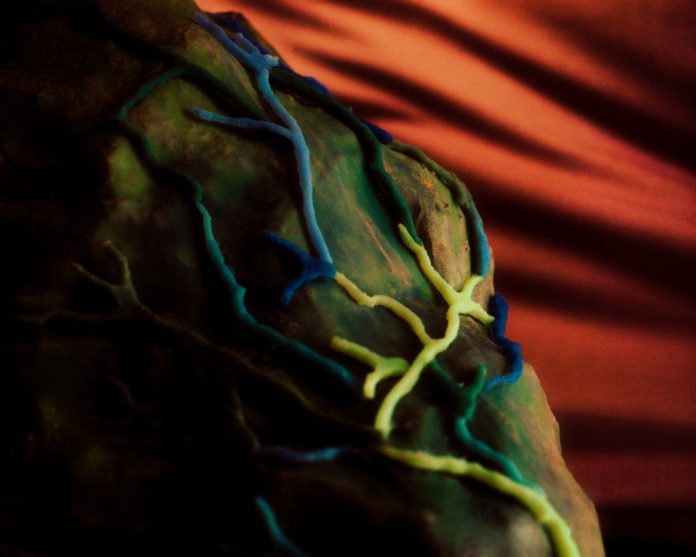This article by the New York Times discusses scientific advancements helping us understand the origin of chronic pain. This is important because chronic pain, “pain lasting beyond three to six months that has no apparent cause or has become independent of the injury or illness that caused it,” affects 1 in 5 people, making it one of the world’s most costly health conditions, according to the New York Times. Despite affecting so many people, chronic pain is often not taken seriously by doctors, causing a frustrating cycle of pain with no treatment. Fortunately, the sciences have made advancements in the last few decades in understanding the relationship between glia, “a set of nervous system cells once thought to be mere supports for neurons,” and chronic pain.
As the NY Times explains, glial cells do not simply support neuronal activity like pain signals, they actually often direct those signals. “Pain from one or even multiple injuries, as in a car wreck, ordinarily lasts days or weeks and then tapers off to nothing. But sometimes the glia’s regulatory system continues the pain signals after the tissue heals. These may even spread to other areas, causing yet more pain.” While this scientific advancement has not yet brought us to figuring out treatment plans, knowing some of the cause of chronic pain can validate all of those who suffer with it, and provide some hope that treatments are the next step.
Article: https://www.nytimes.com/2021/11/09/well/mind/glial-cells-chronic-pain-treatment.html

